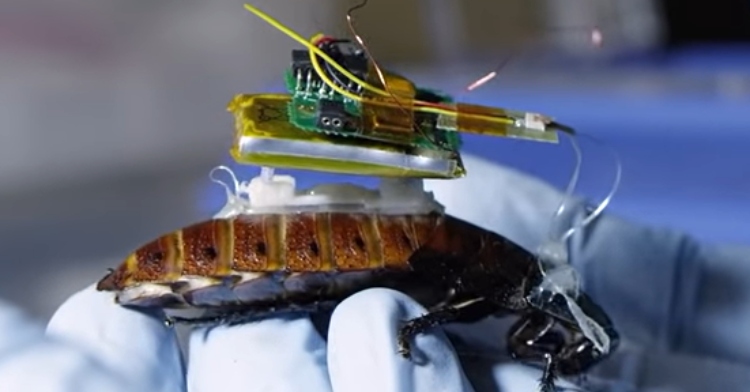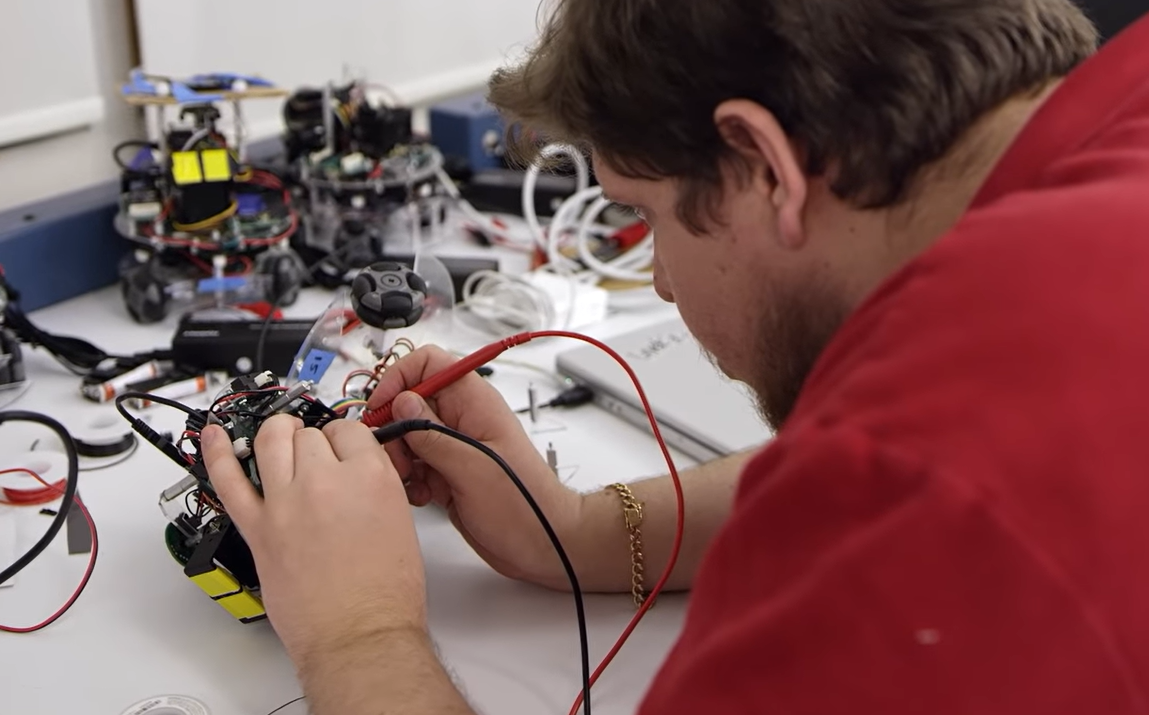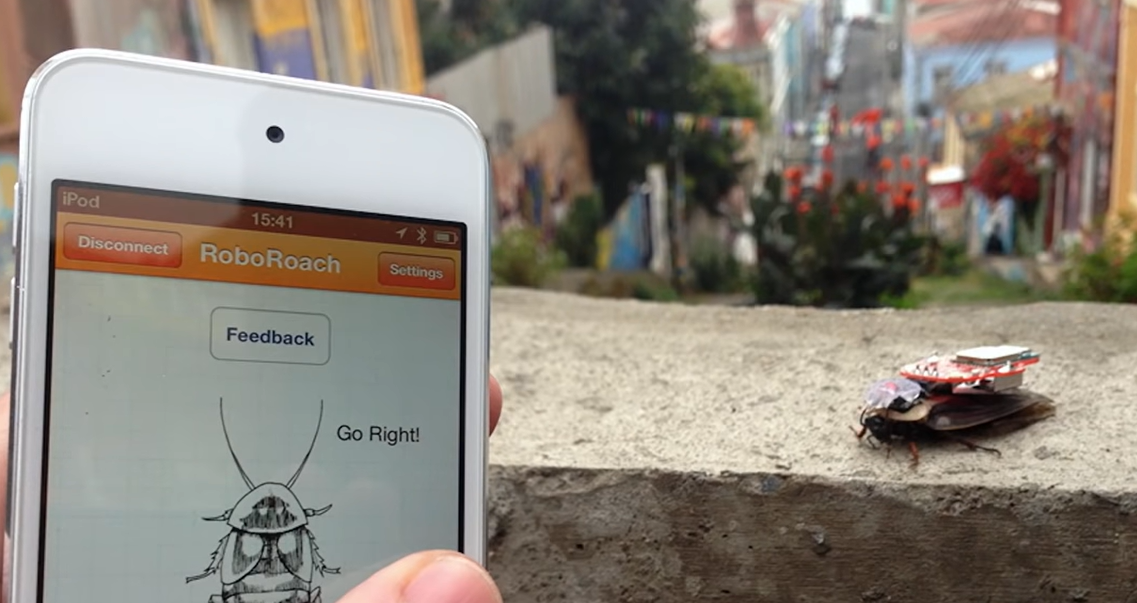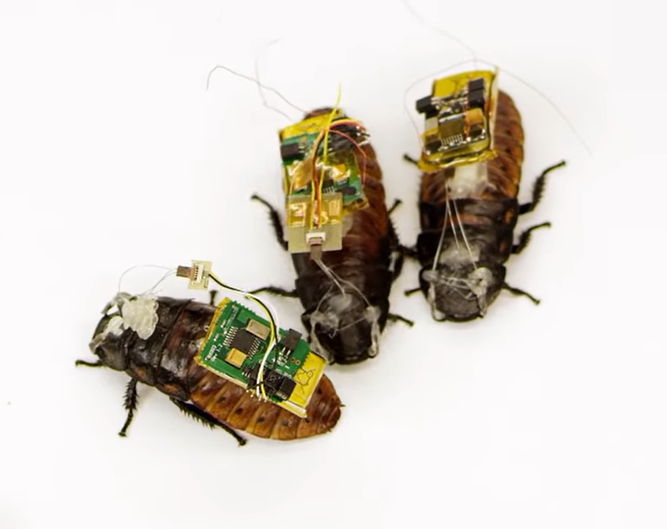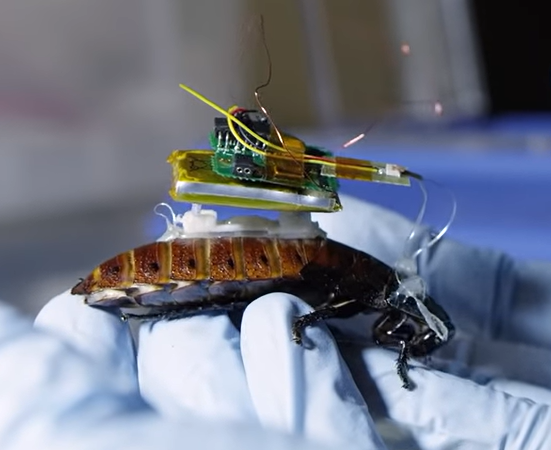If your first instinct when you see a cockroach is to grab a can of Raid, you might want to think again!
These insects have been around since before the dinosaurs roamed the Earth, and many people believe they’ll still be here long after humans leave it. Now, researchers are finding a way to harness the hardiness of cockroaches to locate missing people in search and rescue missions.
Scientists at Nanyang Technological University in Singapore and at North Carolina State University in Raleigh are working separately toward a groundbreaking common goal: to turn the Madagascar hissing cockroach, one of the largest varieties of the species, into cyborgs that can be controlled remotely.
These creatures are able to withstand 10 times more radiation than humans, can live up to seven days without a head, and can breathe through the spiracles on their sides. These qualities, combined with their size and ability to climb, jump, and crawl, make them the perfect candidates to seek out victims of natural disasters who may be trapped under rubble.
Dr. Alper Bozkurt heads up the research team at North Carolina State University. He believes these “exotic pets” may well be the future of search and rescue.
“It was in 1999 when when I joined search and rescue efforts after the earthquake in Turkey where about 20,000 people lost their lives,” he said. “One of the most critical questions is where are the living, surviving victims? You need to find those people in a short amount of time, time is very critical, and right now there’s no technology out there that can provide this.”
Associate Professor Hirotaka Sato and his team at the School of Mechanical and Aerospace Engineering in Singapore reached the same conclusion after massive earthquakes rattled the coast of Japan.
Both of these research programs involve installing tiny backpack devices onto cockroaches. These devices use sensors and infrared cameras to detect life by interpreting temperature signals. Digital antennae can also sense if there are dangerous gases such as carbon dioxide present.
The Singaporean team has determined that their cyborg roaches are 87 percent effective at distinguishing between human and non-human subjects!
“Deploying a team of insect-hybrid robots (or cyborgs) that can navigate small and tight spaces that may be dangerous and inaccessible to humans will protect our front-line responders and improve the agility and efficiency of Home Team operations,” Sato said.
Researchers hope to deploy these remote-controlled cyborg search and rescue roaches within the next five years. We never thought we’d see the day when we’d think roaches are cool, yet here we are!
Learn more about the project in the video below, and share this incredible development with others.
Want to be happier in just 5 minutes a day? Sign up for Morning Smile and join over 455,000+ people who start each day with good news.



